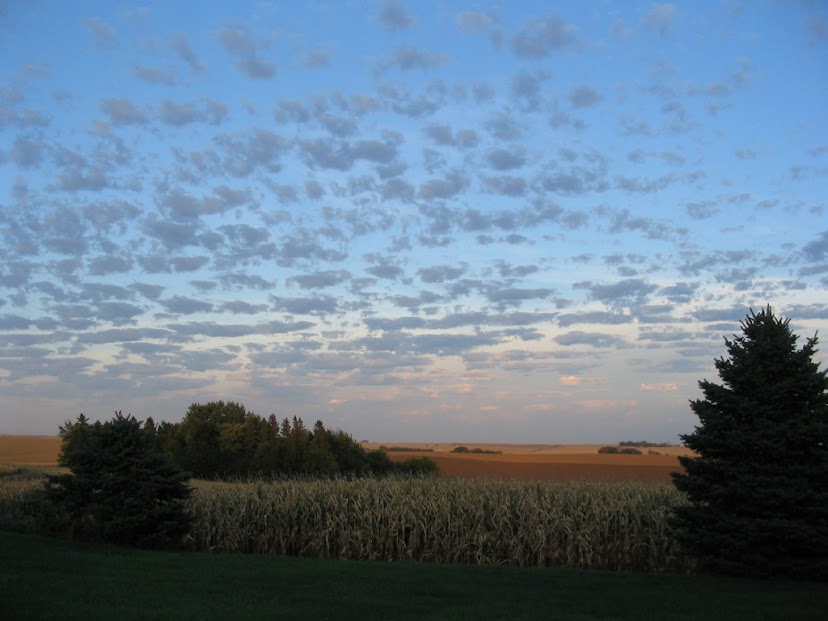I notice good photography on the food blogs I read, and my blogroll reflects this. But I've shied from food styling. It's pretentious in person-- I hate desserts that have architectural elements. Fancy plating doesn't impress me at all. But shouldn't a picture of food look good?
I recently googled the wonderful, not-pretentious bakery that did our wedding cake. I'm a fan for life. They do beautiful French pastry and beautiful cakes, and their website is just terrible! By terrible I mean that my December shot of finished baklava was better than any picture on their site. It's a thousand+ miles away and I'd gladly shoot their whole bakery free just for the joy of it. Well made food deserves to be well represented.
And when I made Tom's Chicken Under a Brick, the kitchen shots were, um, barely tolerable. But when I did the whole menu with the leftovers, I felt bad that the chicken didn't look good. Not only did it not look delicious, but it looked greasy even though it wasn't. So I flipped through the book to the right chapter and tried again. It's not professional quality, but still a zillion times better.(see below)
The book is well worth reading even if you don't want to take nice food pictures--my 7 year old thinks it's cool to know all the sneaky tricks used to get some of the pictures you see. But nice food pictures are the whole point of Custer's Food Styling. She taught food styling for decades, and her teaching experience really shows. It's very well organized, clear, and mostly jargon-free (glossary in the back, too).
The immediate target readers are aspiring professional food stylists. It's very practical--what tools to have with you, what skills can diversify your income, etc. She doesn't cover photography, color, or formal elements of composition. But just about everything else you can imagine IS covered. The effects of different lighting and different props are excellent. Contrasting photos illustrate her points very well throughout the book. And there are great sections for "challenges"--meaning stuff that's hard to shoot. Everything is about getting it right at the time of the shoot, not fixing it later in a digital editing program. There's also a good bit of business advice.
The part most valuable to me so far has been all her practical tips for emphasizing certain ingredients or characteristics. For a blatant example:
Hot off the pan--looks greasy!

Slightly warm, from the same batch of chicken.

A nicer example of what I've learned is this:
This shot doesn't stress one element of the soup, and the olive oil on top is nicely visible. The lighting needs work, and a bit of cropping. But this is basically the sort of shot you'd see at the beginning of a recipe.

This shot stresses the artichoke hearts' unique texture and minimizes the olive oil. The strong symmetry of the vegetables and the bowl are at odds with the lemons & stripes at the top. In both shots, a piece of artichoke heart has wandered and some thyme has scooted up the bowl; for a more professional look, both of those would have to be fixed.

A very casual reading of the book has improved my photos a lot (given my limitations in lighting and equipment, I need all the help I can get). I've also learned how they could be further improved toward a professional standard. I don't aspire to a career in food styling or food photography. But if I were an ambitious food blogger or aspiring to do my own cookbook, this book would be extremely valuable for getting the quality of photo AND the right type of styling for the target audience.
The author, who has never heard of me, has her own professional web site here.

No comments:
Post a Comment